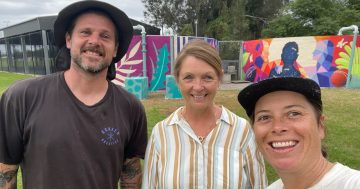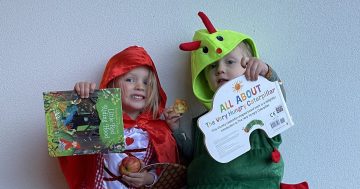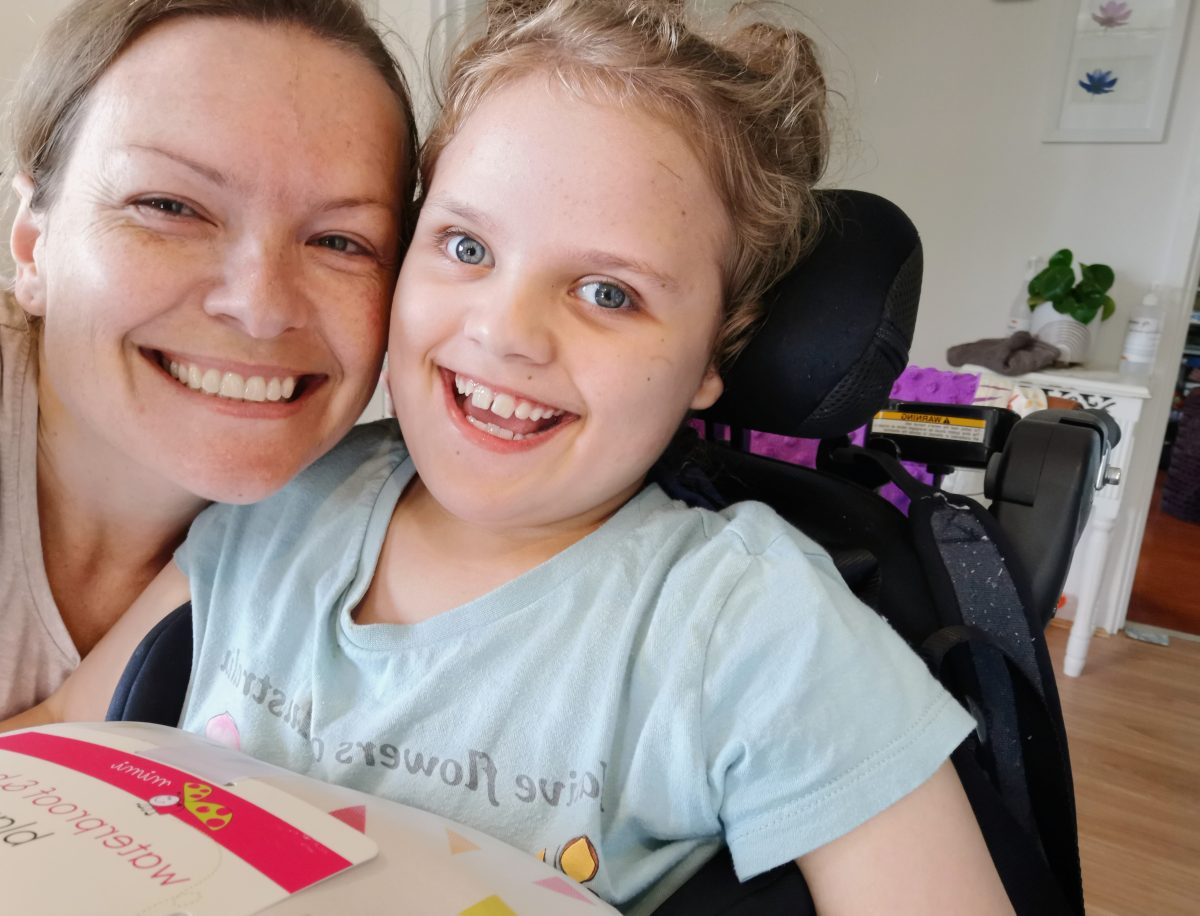
Monika Mironov with her daughter Sofia are the brains behind Mimi’s blankets, designed for people in wheelchairs and strollers. Photo: Supplied.
When Sofia was two years and two months old, her mother Monika Mironov, knew something was not quite right.
Childcare nurses said she ticked all the boxes until she was about 15 months old, then they realised she was having problems pulling up to stand.
Monika said as hard as it was to hear that there could be something wrong with a beloved child, at least, she thought, it had been spotted early so there were many opportunities for therapy.
But the Canberra mother and her family were not to know that Sofia had a rare neurological disorder called Rett Syndrome. Affecting only one in 10,000 people, the family was told Sofia was unlikely to walk, speak or use much of her body.
“It appeared out of nowhere,” Monika said. “Some people say it is like autism, cerebral palsy and anxiety all together in one child.
“It’s a huge thing, it can be very difficult, but Sofia gives us so much love. She is an amazing little girl, always happy and bright no matter what. She might have two therapy sessions in one day but she will be as happy as any other little girl.”
Since the diagnosis, Monika said her family had faced many challenges “but Sofia has taught us love, dedication and strength to name a few”.
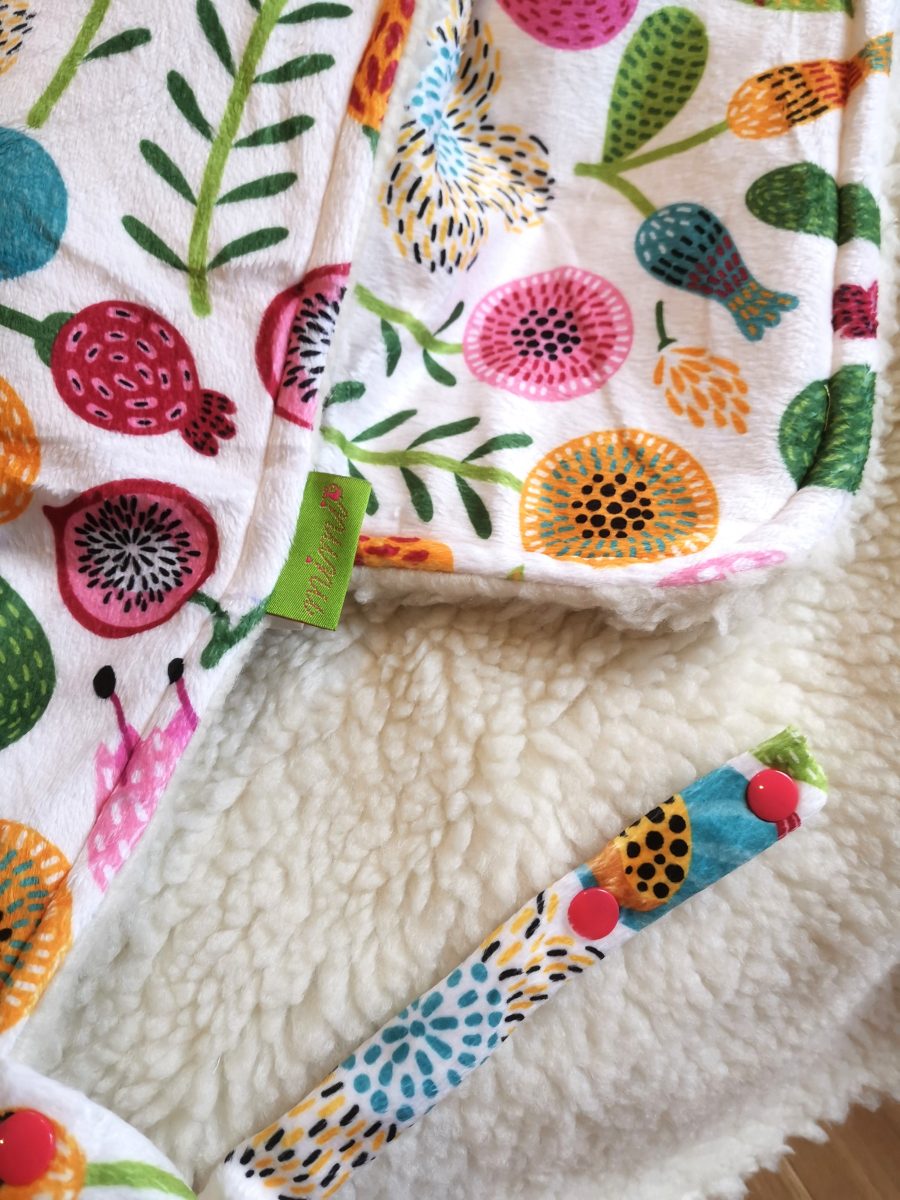
Monika Mironov has designed the blankets in a variety of colours and fibres to keep the wearer comfortable whatever the weather. Photo: Supplied.
But there was one thing that was causing Sofia problems. The youngster expresses herself through her body language, often jumping up and down. Because of this, her clothes, no matter how many layers Monika had put on her to keep her warm, would come off.
“That’s when this idea came to us,” Monika said. “To create a blanket for people in wheelchairs and strollers that would stay on.”
Enter the Mimi blanket. Monika created a blanket with a large neck hole so not only is it easy to put on, it is also ideal for people who don’t like putting something over their face. Side adjustments keep the blanket in place, and a strip of fabric is added to each side of the blanket towards the bottom with clips so it can latch on to the wheelchair or stroller to prevent it being lifted up on a windy day.
But Monika didn’t just want to make something useful, she wanted to make it beautiful, stylish and practical for all seasons.
Although Sofia can’t speak, she uses the latest technology, a gaze eye, to communicate. This electronic device allows her to control a computer by looking at words or commands on a screen.
Using this, Sofia has been able to play an active role in the Mimi blanket project. From the first blanket that Monika, a graphic artist in her other life, sewed herself “with love”.
“The very first blanket started off with cutting a hole in two pieces of material and simply sewing it together,” she said. “I still remember as I put this first blanket on Sofia and started getting so many ideas on how to improve it.
“Every day forward I worked on the details for the design of the blanket adding snap buttons to the neck hole so the blanket could button up and keep the chest warm, quality binding to withstand any chewing and wear, a detachable hood for those who need one, and side straps to prevent the wind from blowing it off.”
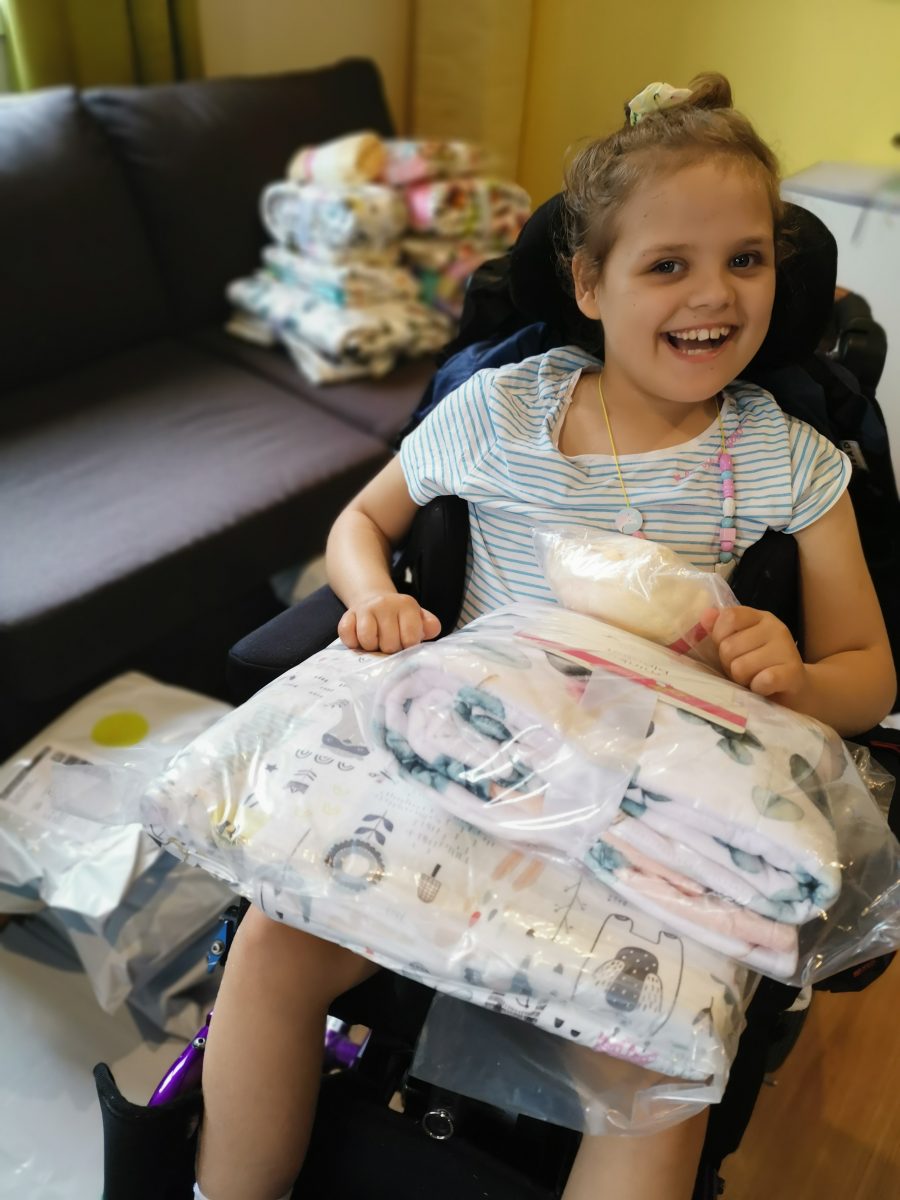
Sofia is in charge of quality control when it comes to packing up blanket orders – as long as there are coloured stickers involved. Photo: Supplied.
When she decided she had it right, Monika sewed blankets for Sofia who wore them and tested them for durability. They were made in different fabrics, including warm Berber fleece for winter and a lighter bamboo for warmer months. And a business was born.
Monika said she was keen to ensure the blankets were affordable for everyone, adding that items for people with disabilities were often expensive.
Today, Monika has sold more than 70 of these blankets, and has given many away to charity. Business is booming and Monika says it’s all thanks to her inspirational daughter.
“Sofia helps me pack the blankets when an order comes in,” Monika said. “Her favourite part of it is putting the stickers on the address labels in different colours.”
Monika sells Mimi’s blankets online. More information is available on her website.













